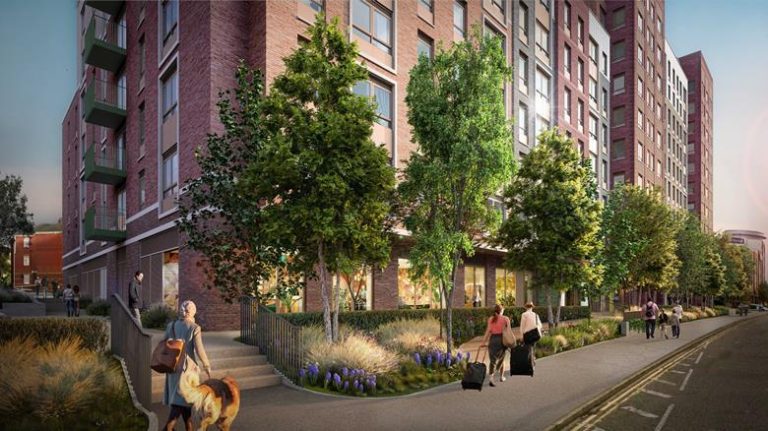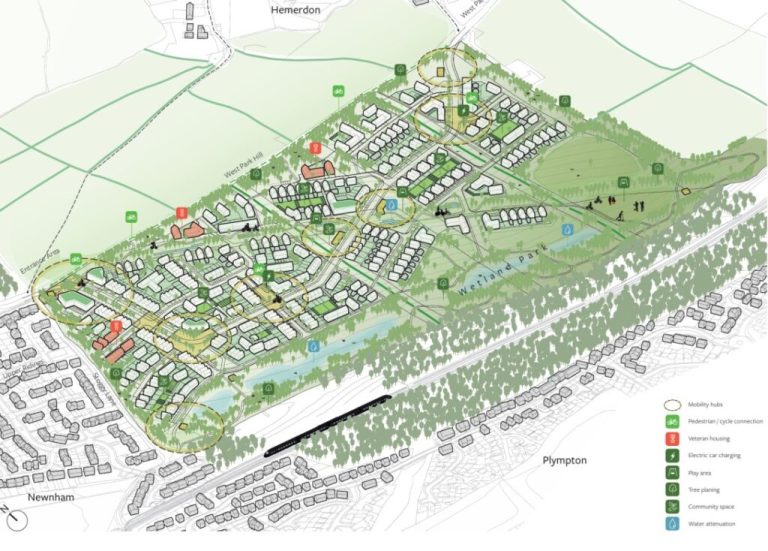Five more projects have been awarded over £57 million from the Government’s Green Heat Network Fund (GHNF). These projects, integral to comprehensive urban renewal plans, will provide sustainable, low carbon heat to 17,000 new homes, commercial spaces, and public buildings, contributing to vibrant, future-proofed communities. Expected to save over 385,000 tonnes of CO2, these networks will help to ensure that urban developments lead the way in sustainable living[1]. This investment demonstrates the UK’s commitment to modernising its urban areas for resilience, sustainability and future regulations, whilst helping to deliver the Government’s mission of clean power by 2030 and accelerate plans towards net zero. Heat networks present a fantastic opportunity to expand access to low carbon heating and provide a cost-effective solution for decarbonising dense urban areas. The funding will also help new developments to meet mandated requirements under the Future Homes and Buildings Standard, as the Government seeks to improve the energy efficiency of new buildings. By using a range of innovative low carbon heat sources, these networks will ensure that new residents benefit from reduced heating bills and lower carbon footprints. Today, GHNF is providing over £57 million to support the commercialisation and construction of five heat network projects connecting to major developments: Minister for Energy Consumers, Miatta Fahnbulleh, said: “Building new, greener heat networks is just one of the ways we are investing in clean power, helping to finally secure our country’s energy independence. These exciting new projects will see thousands of homes and businesses benefit from cleaner, low-cost heating – leading to lower energy bills and creating hundreds of jobs.” Ken Hunnisett, Programme Director, said: “The Green Heat Network Fund, like the Heat Networks Investment Project before it, has helped to prove the technical and commercial efficacy of district heating in a variety of different use cases. The projects announced today are a reminder that modern heat networks are at their brilliant best in our large, densely built towns and cities. The £57 million investment announced today is great news for the Fund, great news for the 17,000 homes and buildings that will benefit from low-carbon, low-cost heating, great news for an industry that is growing almost before our eyes, and great news for the planet. It’s a relative drop in the ocean of course when you consider the £80 billion the sector is forecast to require if it is to fulfil its enormous potential.” Below is a summary of the projects each receiving a share of £57 million to support: Leeds South Bank (£24.5 million commercialisation and construction funding). Extending the highly successful LeedsPIPES project which received funding from HNIP to construct a heat network utilising waste heat from a Recycling and Energy Recovery facility, Leeds will receive a further £24.5 million for the South Bank extension. The original LeedsPIPES project connected over 1,900 homes and non-domestic buildings to the energy-from-waste (EfW) scheme, whilst helping to employ over 400 people. The South Bank extension is located in one of Europe’s largest brownfield regeneration sites. Funded by GHNF, the scheme will connect an additional 16km of pipework to the heat network for up to 8,000 new residents and mixed-use customers, across 28 buildings, representing the most significant investment to the project since its inception. The project will support an additional 81 new jobs across the heart network sector, and 16 apprenticeship positions. GHNF is also supporting the connection into two new low carbon EfW heat sources, providing a total of 30GWh of waste heat per year to both residential and non-domestic buildings across Leeds. John Lewis, Head of Building Engineering (UK and Ireland) at AECOM, said: “Heat networks will play a critical role in facilitating the UK hitting its 2050 net zero target, providing energy-efficient heat to support new and existing communities. With more and more local authorities developing heat networks, Leeds’ PIPES network and this latest extension into the South Bank area will continue to act as a flagbearer for how our cities can operate more sustainably. The city is ahead of the curve in developing a rapidly expanding heat network and we are delighted that this extension will not only supply low carbon heat to a host of new customers but will also further decarbonise the existing heat network and facilitate its growth. The AECOM team has been leading the technical design of this key infrastructure to support Leeds City Council’s ambition to transform and regenerate South Bank. We’re delighted our work will enable a resilient, low carbon energy platform for local communities.” Brent Cross (Over £14 million commercialisation and construction). Brent Cross Town is a major regeneration scheme in London providing 6,700 new homes, workspace for 25,000 people, a new high street, new buildings for three schools, extensive sport and leisure facilities, set alongside 50 acres of green space and supported by the recently opened Brent Cross West mainline station. GHNF is awarding £14 million of construction and commercialisation funding for Brent Cross Town’s heat network, supporting the project to become net zero carbon by 2030. Low carbon heat will be generated through a fully electric energy centre and supplied to all 6,700 residential properties, and commercial and leisure buildings. The network, enabled by GHNF funding, will meet the town’s demand of 30MW of heat and 20MW of cooling peak capacities. Alongside providing affordable low carbon heat, the project is expected to create 121 new long-term jobs whilst supporting a range of new apprentices. The scheme is being developed as a joint venture between Related Argent and Barnet Council. André Gibbs, Executive Director at Related Argent, said: “The Green Heat Network Fund allocated to Brent Cross Town will help make our ambition to achieve low carbon district heating across the whole of the development a reality. This will also include low carbon cooling to offices in the 25,000-workspace business and innovation district. When complete, Brent Cross Town will have one of the largest fully electric energy centres in Europe, developed in partnership with Vattenfall. This network points to the future of how the














